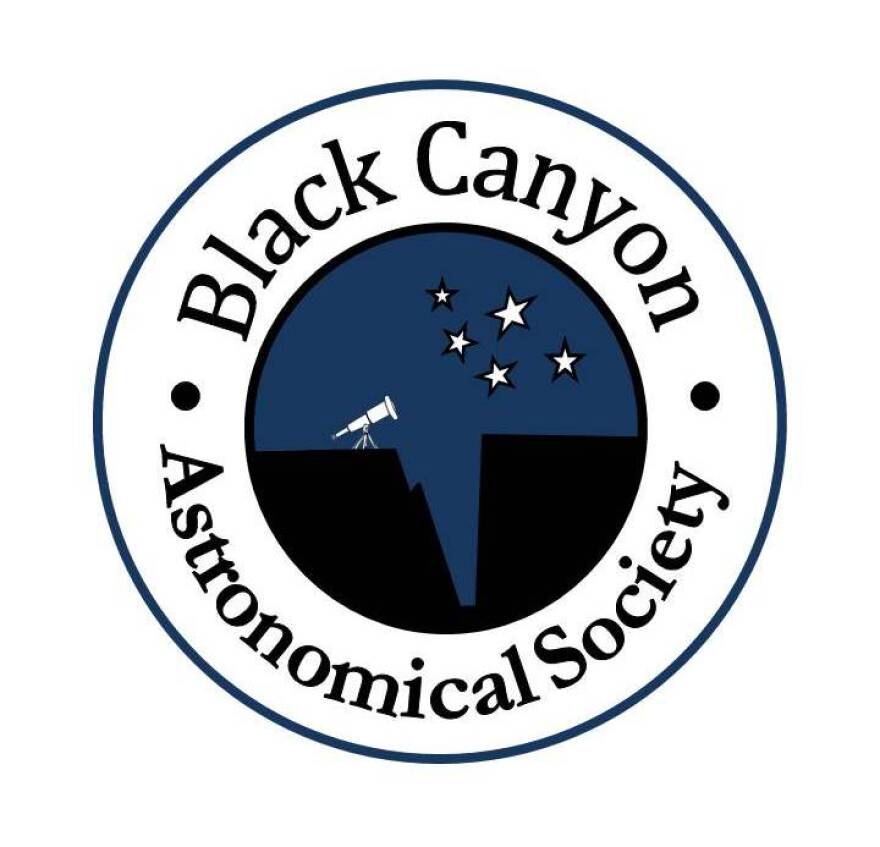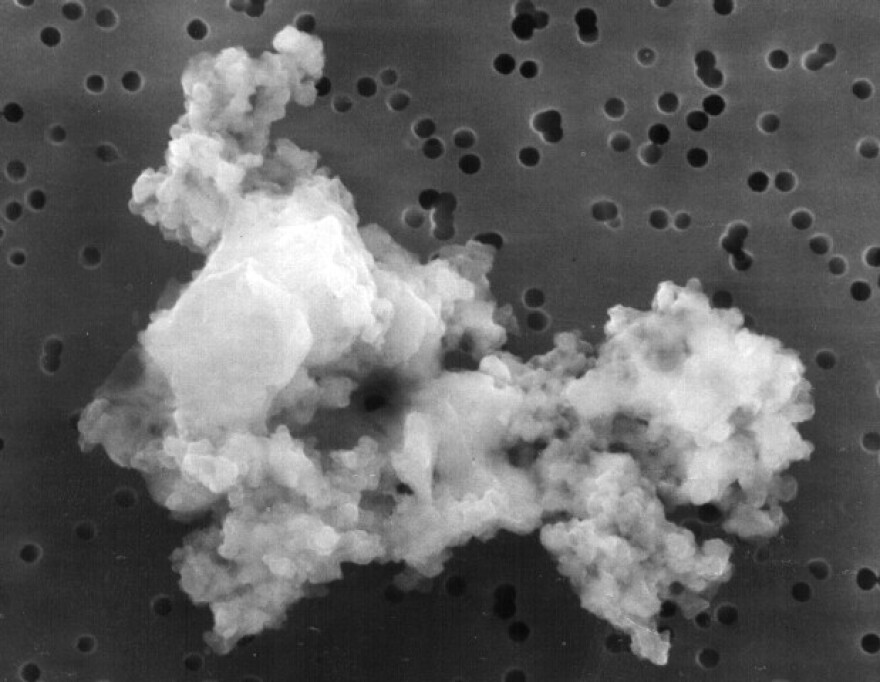As a child, I was tasked with chores to help keep the house in order, none of which I dreaded more than dusting. It seemed a Sisyphean punishment - tenacious, sneeze-inducing; dust always returned no matter how hard I tried to eradicate it. But it was also mysterious - grey anonymous matter, seemingly sprung from nowhere. I would later learn that dust comprises minuscule bits of dirt, soot, pollen, fabric, dander…and heavenly bodies. That’s right - terrestrial dust is partly cosmic.
Like my boyhood bedroom, outer space is a dusty place. Within the Solar System, there is enough interplanetary dust to form a moon 25 kilometers wide. Mainly, it is the residue of asteroidal collisions and cometary visitations - carbonaceous, silicaceous, or metallic grains less than 30 micrometers wide. A human hair is about 70 micrometers thick. Interplanetary dust forms diffuse zones through which the planets periodically pass in orbit. By some estimates, the Earth annually intercepts about 5200 tons of interplanetary dust that survives atmospheric passage to the surface. A smidge of that may be resting now on your coffee table.
Stars also generate dust - micrometer-to-nanometer sized crystals of refractory minerals like diamond, silicon nitride, and titanium carbide. This stardust is expelled by aging red giant stars and cataclysmic supernovae, permeating interstellar space. Stardust contributes to the creation of vast interstellar clouds (nebulae) from which new stars and their planets can form. Scientists believe our Solar System arose from a nebula approximately 4.6 billion years ago, and have actually found stardust on Earth - painstakingly extracted from deep-sea ooze, Antarctic snow, meteorite cores, even inside specks of interplanetary dust. Thus, your coffee table may bear a microscopic souvenir of the Solar System’s genesis.
You may see a cycle here - stars born in dust, stars dying in dust, and back again - echoing the funereal expression “ashes to ashes, dust to dust.” Also echoed is late astronomer Carl Sagan’s famous observation that “we are made of star-stuff” - chemical elements originally forged in the hearts of stars, elements that also comprise all dust. Chemically and poetically then, we are kin with dust.
Pondering all this, perhaps your next housecleaning will seem a little less drudging, and a little more wondrous. If you ask me, anything that makes dusting more tolerable is a marvel indeed.

Western Slopes Skies is produced by the Black Canyon Astronomical Society. This episode was written and recorded by Michael T. Williams.


